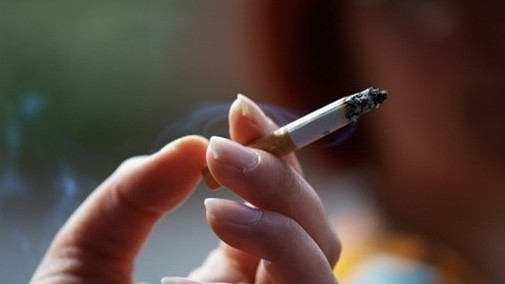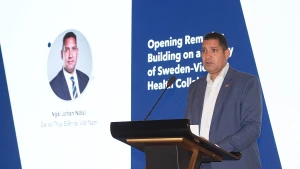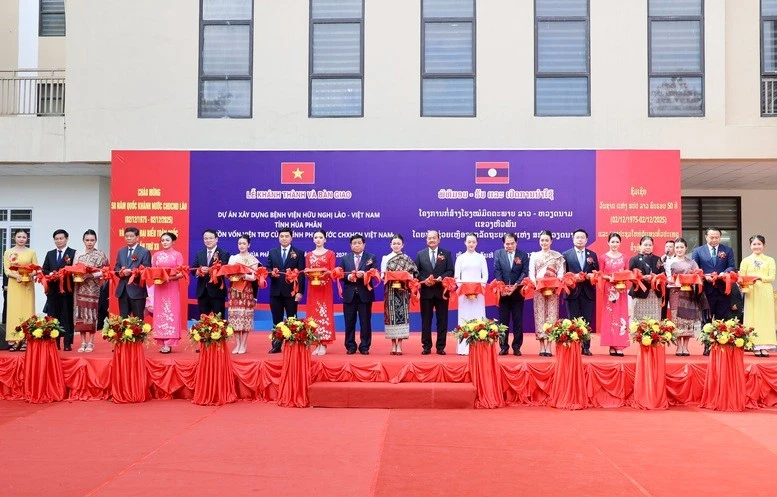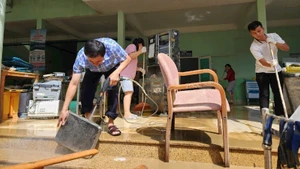This was acknowledged by experts at a seminar held in Hanoi on May 26 to share updates towards World No Tobacco Day (May 31) and discuss implementation of the Law on Prevention and Control of Tobacco Harm.
According to the World Health Organisation, tobacco kills nearly 6 million people each year worldwide, including more than 600,000 deaths from diseases related to passive smoking.
Research studies on treatment costs of tobacco-related diseases in Vietnam undertaken in 2010 and 2011 by HealthBridge Canada in Vietnam and the Hanoi School of Public Health showed that such medical costs in 2011 exceeded VND23 trillion (US$1.1 billion), equivalent to 0.91% of national GDP that year.
Other studies on tobacco use among adolescents in Vietnam also showed that tobacco addiction tends to start at a very young age. Up to 21.6% of youngsters aged 16 to 24 are active smokers.
Experts said that one reason for the high prevalence of smoking among youth in Vietnam is that the low price of tobacco products has facilitated young people in reaching and quickly becoming addicted to tobacco.
Therefore, they suggested that a cigarette tax increase can be seen as an effective measure to curb youth smoking, reducing the burden of diseases and mortality in the long term for the community. Additionally, increasing the tobacco tax would also increase revenue for the State budget.
However, the question remains as to how much the percentage should be increased over the current tax to reduce tobacco consumption.
In this regard, Dao The Son, a lecturer from Vietnam Commercial University and a consultant for the Vietnam Steering Committee on Smoking and Health (VINACOSH) said that the current tax of 65%, as well as the 75% rate by 2015 and the 85% by 2018 as set out by the Ministry of Finance (MoF), were still low.
He pointed out that the average growth rate of per capita income is 5% per year, while the tobacco tax increase is 10% every three years. With that tax increase, the retail price of tobacco will not keep pace with income growth or inflation.
“Thus, tobacco price trends in Vietnam will be increasingly reduced if we consider to income. In other words, the purchasing power of cigarettes will increase and people will likely buy more cigarettes", Son added.
Agreeing with the VINACOSH expert, doctor Nguyen Tuan Lam also said that the MoF should double the current rate to generate effects in reducing tobacco consumption.
"Currently, under the provisions of the ministry, the tax for cigarette use should be set above 130% by 2020 to achieve the set healthcare goals. If we follow this roadmap, according to our estimates, there will be a reduction of 500,000 deaths each year and the State budget will have an additional annual revenue of more than VND10 trillion", Lam stressed.
Affirming the effects of tobacco tax increases in the prevention of harmful impacts on the community in the current period, Dr. Luong Ngoc Khue, director of the Medical Services Administration and president of VINACOSH urged the MoF to review and adjust a tax increase on tobacco in the near future.
He called on the community to continue to join hands with the Ministry of Health to prevent the harmful effects of tobacco use with specific tasks including building smoke-free culture in the workplace, at public venues and at scenic beauty sites; as well as promoting a sense of saying no to tobacco in children from an early age and encouraging the media to create a stronger effect in the community for a smoke-free Vietnam.
















